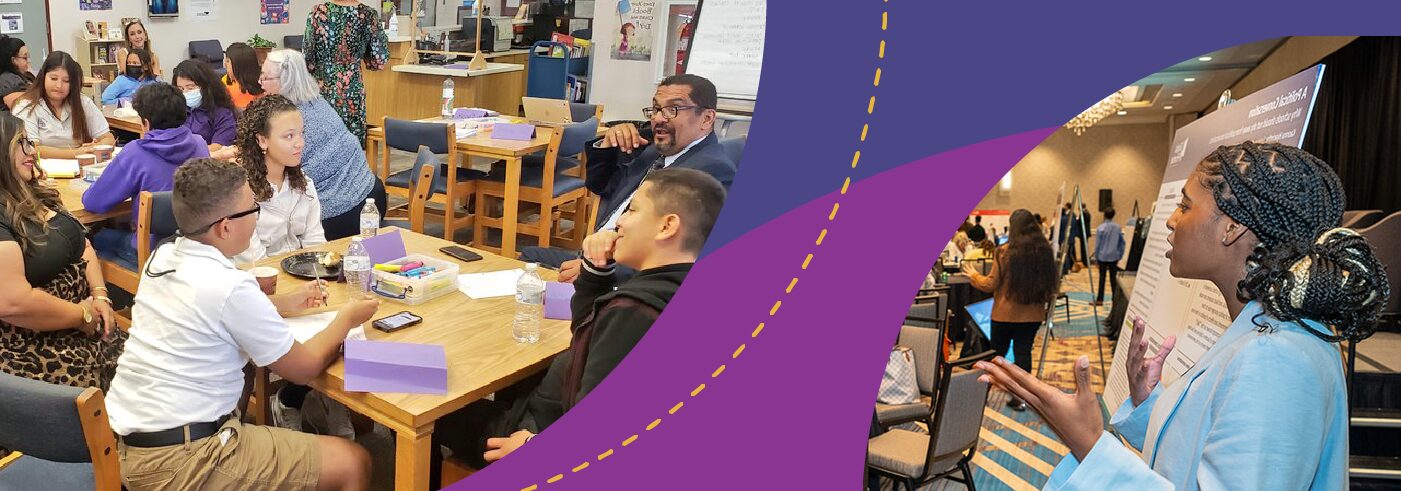
In 2020, the Digital Promise Center for Inclusive Innovation embarked on a journey to explore a central question:
What if the solution to education challenges resides in foundational shifts – in mindsets, in proximity, in collaborations – and, ultimately, in the co-research and development of powerful learning with those who are most impacted?
It’s really easy to see that people in positions of administrative leadership are problem solvers. They are constantly presented with a lot of problems. Part of being an effective administrator is being able to analyze challenges and develop and implement solutions effectively. For years, they have been pushing for results and developing solutions to achieve them that don’t include students. It’s time-consuming and difficult to do. We want to develop and implement a solution quickly, as opposed to one that’s going to work. But this isn’t a good recipe for creating an educational experience that empowers students because there’s no sense of ownership for them.
Frank McCormick, Assistant Principal
Gallego Intermediate School, Sunnyside Unified School District (Arizona)
Inclusive Cybersecurity Pathways with Workforce Credentials: Over 800 students are enrolled in the inclusive Cybersecurity pathways initiative across 10 school districts reflecting a uniquely diverse student population—25 percent female, 12 percent with learning differences, 43 percent free and reduced lunch, 54 percent students of color.
Student Engagement in Secondary Writing: Student-created writing activities designed to boost students’ confidence, interest, and skills in writing have led to a 15 percent increase in students’ engagement and completion of social studies research papers.
Humility is one of the most important characteristics of the superintendency, especially in Inclusive Innovation. Superintendents must be listeners and learners to have the capacity to sit back and let others lead. It’s important to have leaders get out of the way and just be there to support the champions of the work.
Dr. Michelle Miller, Superintendent
South Fayette School District (Pennsylvania)
School Systems Transformation Models: A cohort of school districts are engaged in Inclusive Innovation to research and design solutions to systems level challenges in collaboration with teachers, students and parents—including addressing disproportionate discipline practices, co-creating shared leadership models, designing parent feedback loops, and engaging English Language Learners and parents in increasing graduation rates.
Student-Led Mental Health Teacher Professional Development: Over 40 teachers participating in student-led mental health professional development in one district and efforts are beginning to scale the model within and beyond the district.
Smith, K., & Young, V. (2024, January). A new narrative: How unlocking the power of R&D through Inclusive Innovation can transform education. Digital Promise. https://doi.org/10.51388/20.500.12265/202